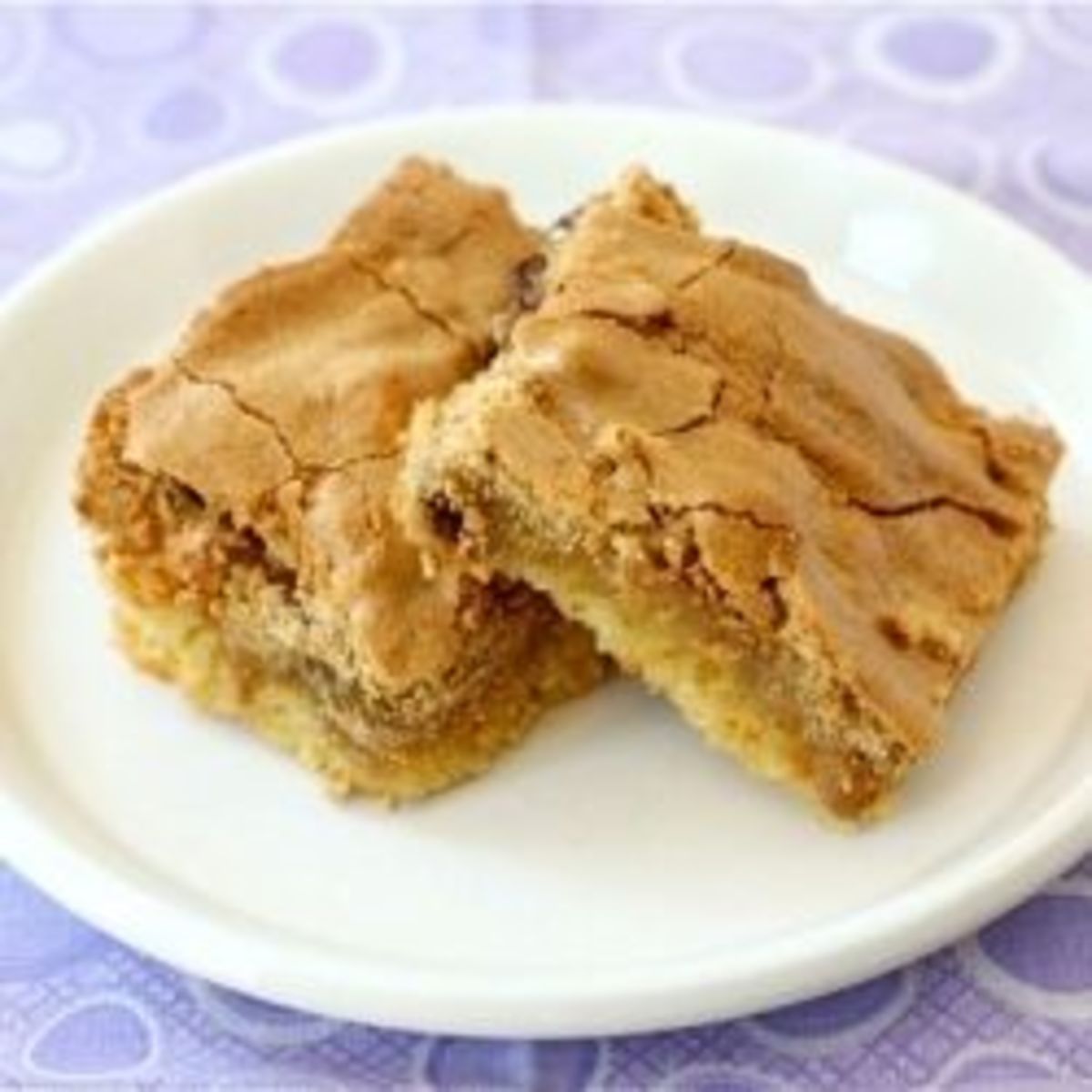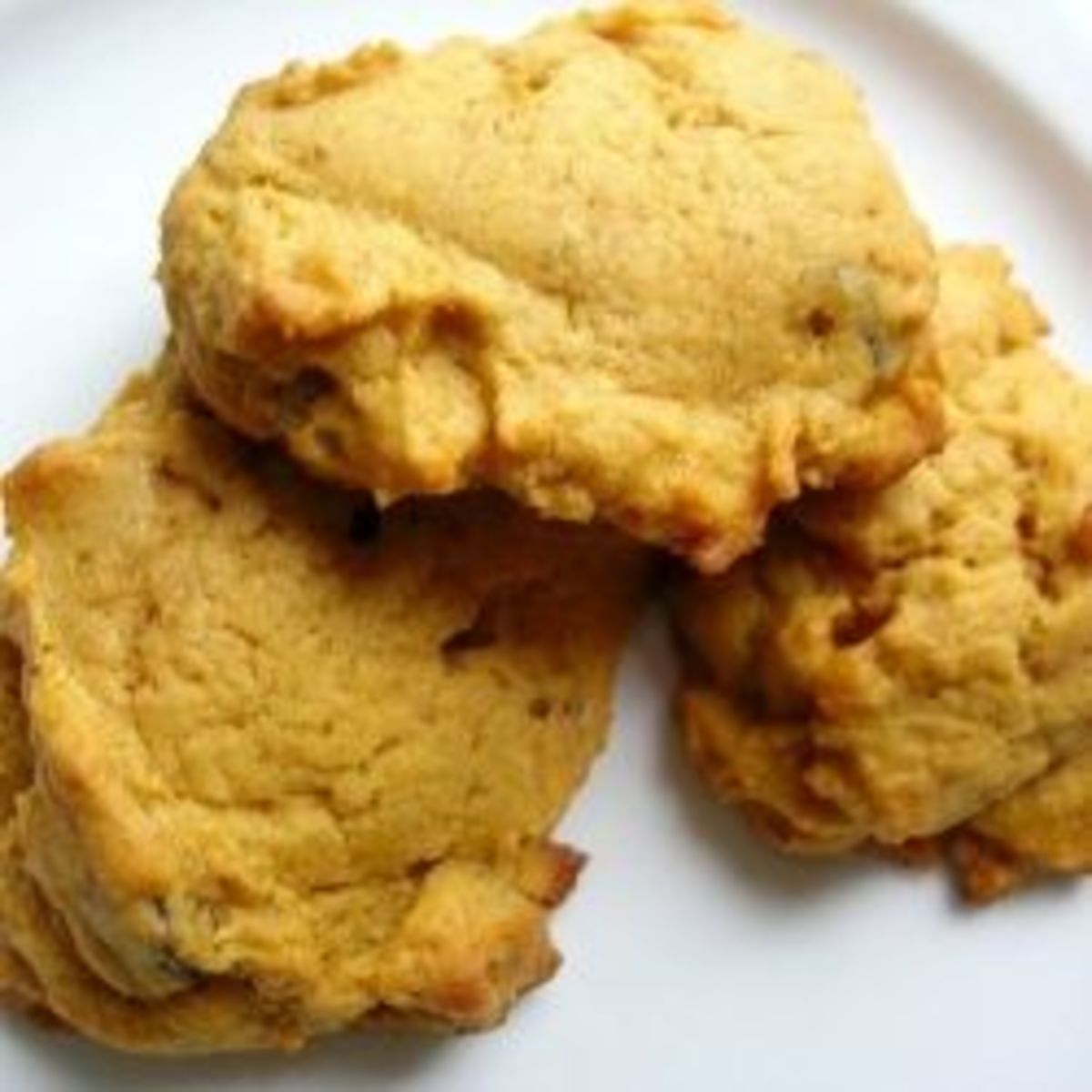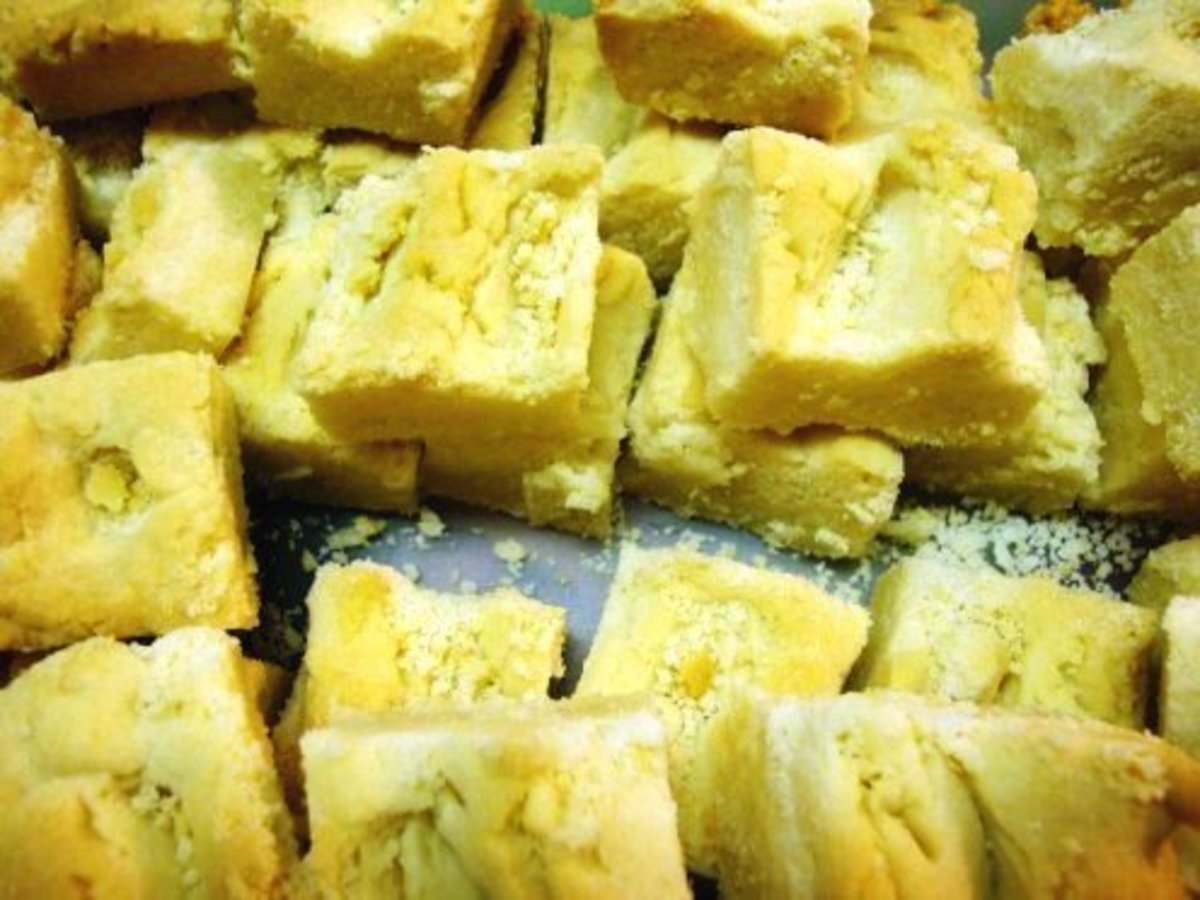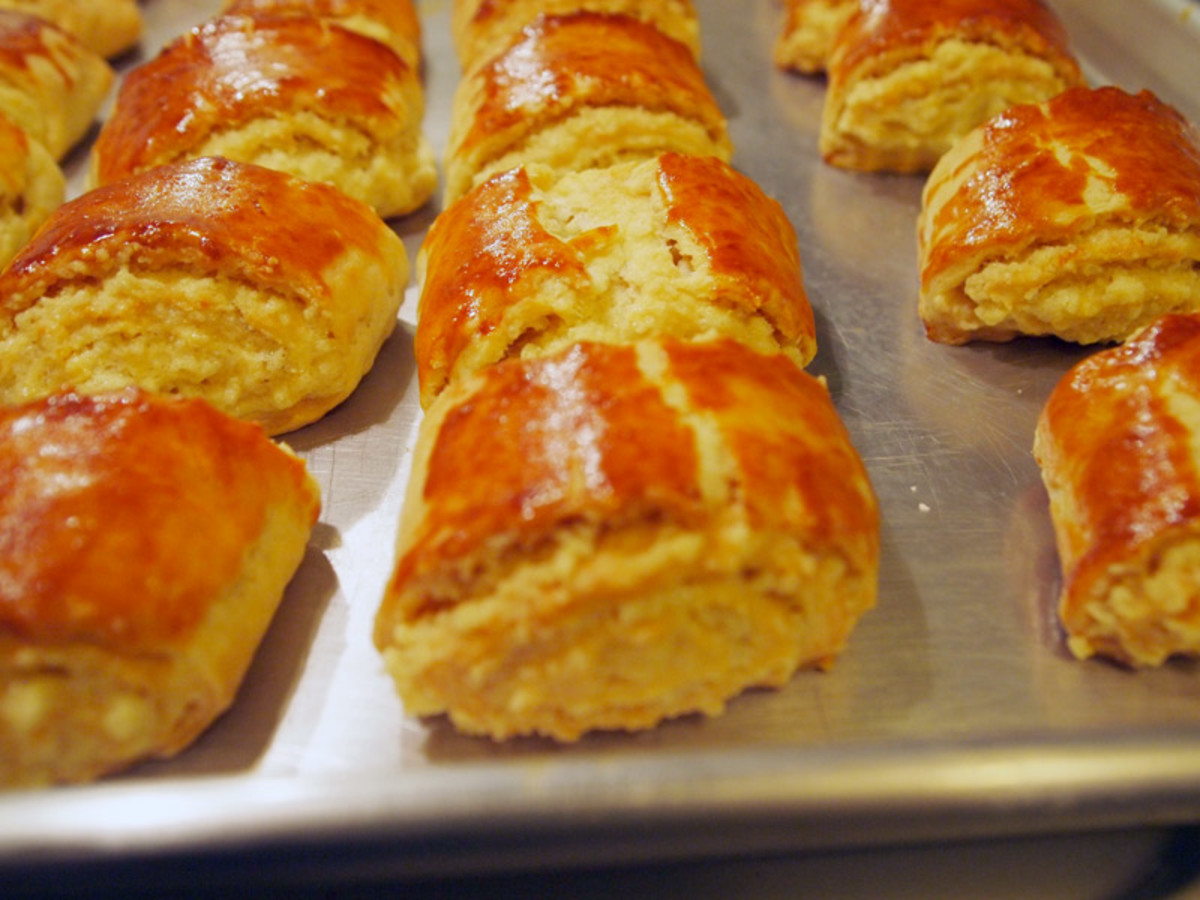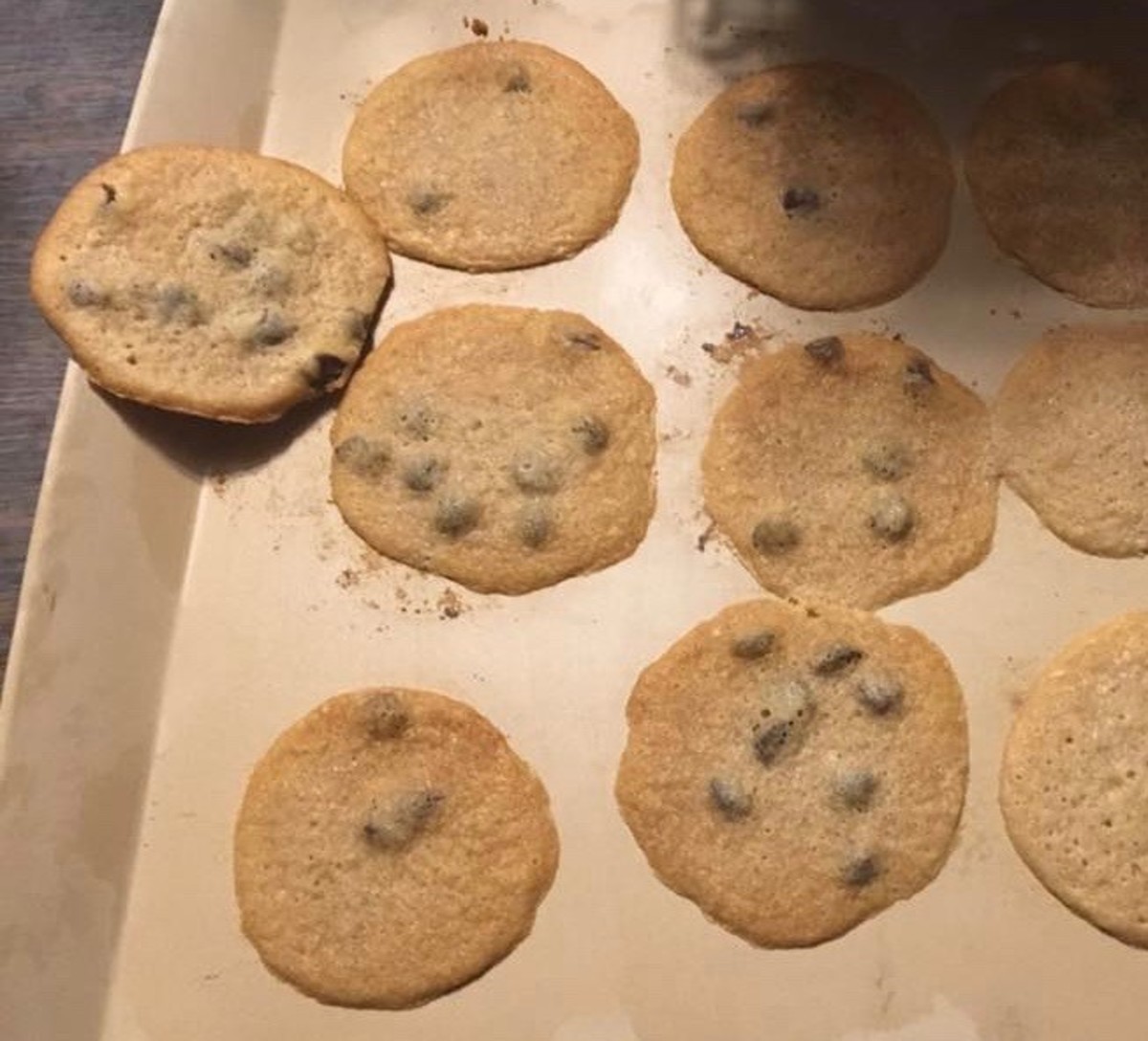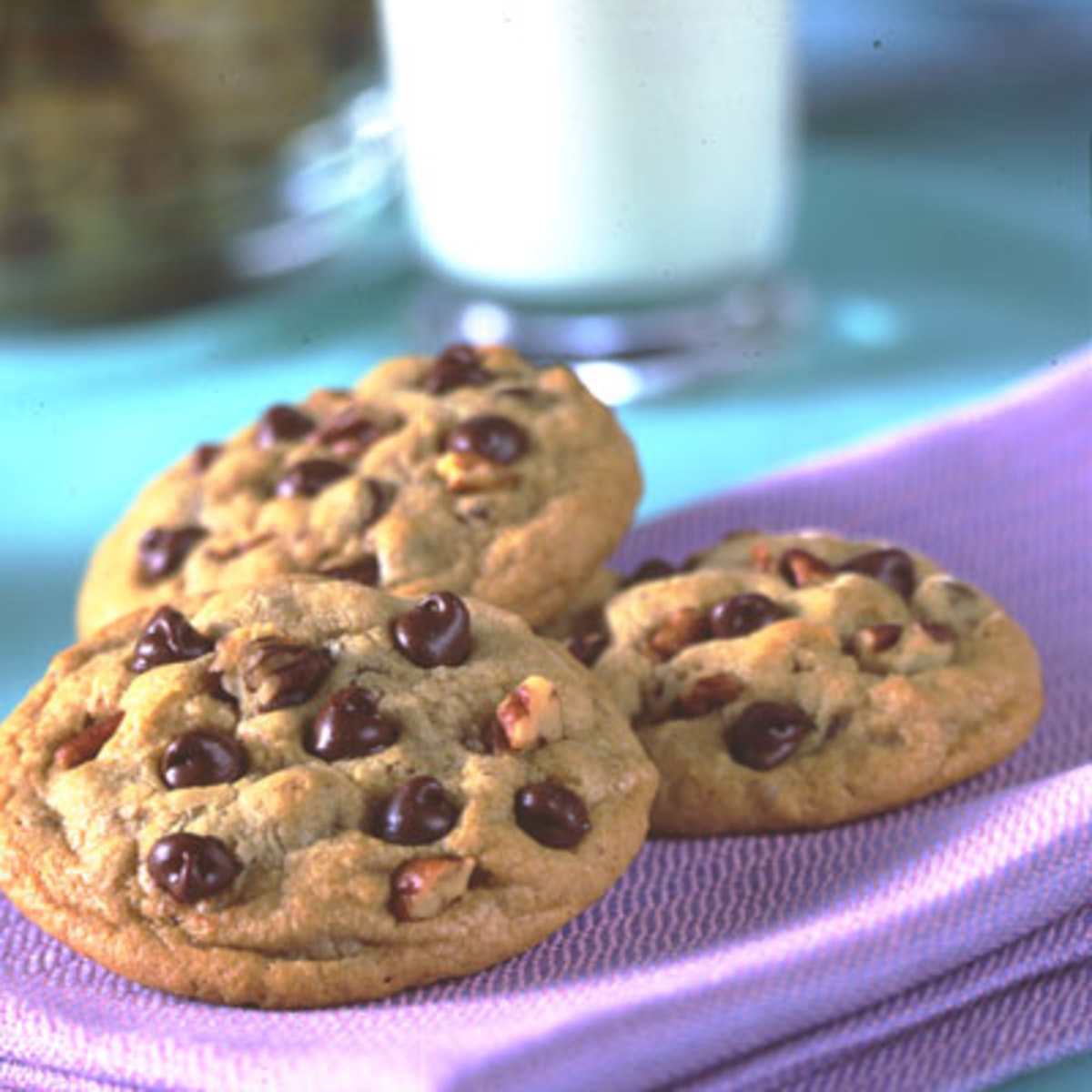Luscious Cookies Tips
Nothing beats the aroma of freshly-baked cookies, Even the most diligent of dieters will have a hand-wringing and teeth-gnashing time trying to resist these little sweet, crisp, buttery and totally addictive temptations. Many of us will have no second thoughts about digging into our pockets to buy these sweet gems every time we pass a counter laden with luscious cookies, but how often have you thought of baking up a batch yourself ?

Just follow these few simple tips that will hopefully make that first batch of cookies a success and do not worry if at first you do not Succeed, practice makes perfect, and it is great fun!"
- Make sure that you have prepared everything before starting to bake your cookies. You do not want to have to move around the kitchen looking for stuff as you go along.
- Remember to let your butter reach room temperature before starting to make your dough, so you will not have to wait for it to soften. Ideally it should be just soft enough to beat easily, but not so soft that the dough becomes oily.
- Do not use eggs that are fresh out of the refrigerator when making your cookie dough. Cold eggs end to separate from the rest of the mixture and you will have a tougher time incorporating them. Make sure they are at room temperature.
- Always remember to pre-heat the oven.
- When baking cookies, you may have to open the oven to check if they are done. When you do so, the inflow of cooler air slows the cooking of the cookies at the front of the oven. By the time these are done, the cookies at the back may end up badly burnt as the temperature remains constant at the back of the oven. The secret is to turn the tray around halfway through the cooking time so that the cookies at the front get a chance to bake properly too.
- When folding in flour, do it quickly with a wooden or plastic spatula, as then you will not over-fold as an electric mixer may do.
- For cookies that require piping, if you do not have a commercial piping bag to pipe your cookies, use a triangular piece of grease proof paper, shape it into a cone, cut 10cm off the tip and put a piping nozzle into the cone. This can then be used as a piping bag and later disposed of.
- Do not work the dough too long as the oil will separate from the dough. This again will spoil the consistency of the dough.
- If your dough is too stiff, you can add a little milk or egg white to lighten the consistency.
- For cookie dough that needs to be cut with a knife, refrigerate the dough for about an hour so that it is firm. This will ensure that it is easier to cut. Also dust your knife with some flour so that the dough does not stick to it.
- Use grease-proof paper for baking. There is no need to butter the paper.
- Always sieve your icing sugar and flour to remove all lumps.
- For any extra cookie dough you do not wish to bake straight away, you can store it in the freezer. When you want to bake it, take it out and let it thaw until soft enough to slice.
- Do not store your cookies in a refrigerator, This dries them out, and when they are then removed from the fridge they absorb so much moisture so quickly that they lose their crispness. It is best to store them in an air-tight jar after they have cooled down.

To make courveture to coat the cookies, use dark chocolate; the slightly bitter flavour will complement the sweet cookie. Chop 200g - 250g of chocolate into small pieces and melt it in a bowl over warm water. The water must be warm and not hot as the steam from hot water will cause the melted chocolate to become lumpy. Stir continuously so it melts evenly. Do not let it get too hot or the cocoa oil will separate out. Test the temperature by dipping a spoon into the chocolate and then gently touching it to your lip. It should be slightly warm. Take the bowl off the warm water before the chocolate is completely melted and stir until smooth.


